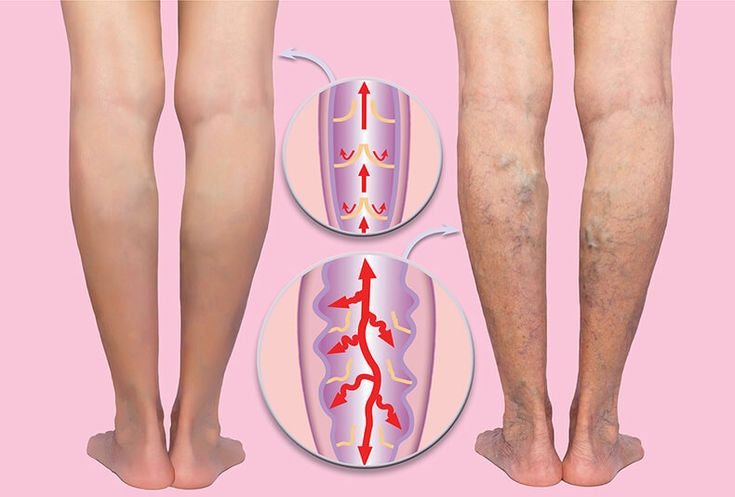contents

What are VaricoseVeins (VV)?
Varicose veins are those swollen, enlarged veins that often show up in a blue or dark purple hue, mainly in the legs and feet. They happen when the valves in the veins weaken or get damaged, which allows blood to flow backward and pool, causing the veins to stretch and twist. This condition is pretty common and can affect anyone, but it tends to be more frequent in women, often due to hormonal changes, pregnancy, or family history.
You might notice symptoms like bulging veins, aching or heavy legs, throbbing sensations, muscle cramps, and swelling in the lower legs. Sometimes, varicose veins can also lead to itching and changes in skin color around the affected area. While many people see them as just a cosmetic issue, if left untreated, varicose veins can lead to more serious health concerns, like ulcers, bleeding, or even blood clots.
Varicose Veins 7 Powerful Ways to Treat for 2025 ?
Introduction
Varicose veins are twisted, enlarged veins that commonly affect the legs. In 2025, advanced treatments and smarter lifestyle choices are making it easier than ever to manage and relieve symptoms. Here are 7 powerful and proven ways to treat varicose veins effectively this year.
1. Compression Stockings: Putting on medical-grade compression stockings can really help with blood circulation and ease swelling. They’re an easy, non-invasive way to tackle varicose veins in your daily routine.
2. Exercise Regularly: Getting active with walking, cycling, or leg-strengthening workouts can boost blood flow through your veins and relieve pressure. Try to get in about 30 minutes of exercise each day.
3. Elevate Your Legs Lifting: your legs above heart level for 15 to 20 minutes a few times daily can significantly help reduce swelling and pressure in your leg veins.
4. Sclerotherapy (2025 Advancements): In this procedure, a specialist injects a solution into varicose veins, causing them to gradually fade. Exciting new formulas and techniques in 2025 promise quicker recovery times and improved results.
5. Endo venous Laser Treatment: (EVLT) This cutting-edge, minimally invasive treatment uses laser energy to close off damaged veins. It’s a quick, safe, and highly effective option.
6. Radiofrequency Ablation: Using a catheter, this method employs radio waves to heat and seal off varicose veins. It delivers fantastic results with very little downtime.
7. Maintain a Healthy: Weight & Diet Carrying extra weight can put a strain on your veins. Eating anti-inflammatory foods and cutting back on salt can help keep your veins healthy and ease symptoms.
What are the risk factors for VaricoseVeins (VV) ?
Anyone can end up with varicose veins, but some factors can really up your chances. Here’s a quick rundown:
Age: As we get older, the walls and valves of our veins don’t function as well as they used to. This leads to a loss of elasticity and makes the veins stiffer.
Hormones: Female hormones can cause the vein walls to stretch. Women who are pregnant, on birth control, or going through menopause are at a higher risk due to hormonal changes.
Family history: If (VV) run in your family, you might be more likely to develop them too.
Lifestyle: Spending long hours standing or sitting can hinder circulation. Overall health: Certain health issues can put extra pressure on your veins.
Tobacco use: Those who smoke or use tobacco products are more prone to developing.
Weight: Carrying excess weight can put additional pressure on your blood vessels.
